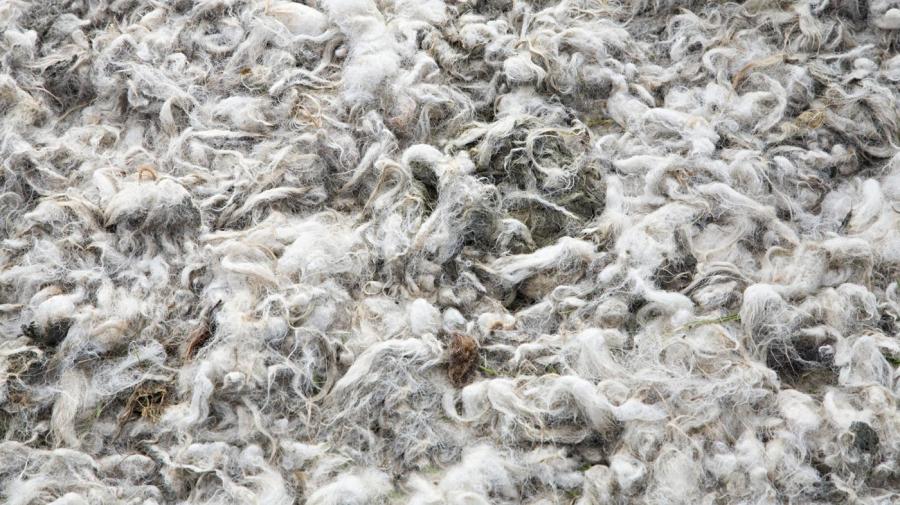What Did Mesopotamians Wear?

Early Mesopotamians wore primarily wool and goat hair cloth that was either felted or woven into a coarse cloth, with linen cloth for finer garments. Women initially wore long wrapped shawls and later sewn dresses or robes, while men wore some variation of loincloths or pleated wrapped skirts.
During the early Sumerian period of Mesopotamia, both men and women added string or petal-shaped fringe to their clothing hems. Women especially used cloth that was heavily decorated, either using dyes or tiers of fringe. Everyone wore sandals and cosmetics. Less evidence exists about what the next Mesopotamian civilization, the Babylonians, wore, but it is clear from statues that they at least had the technology to craft tailored dresses for women. In addition, fringe decorations became more tiered for both men and women, often crafted in multiple colors.
The Assyrians, a third dominant civilization, introduced cotton from Egypt. The Assyrians went back to wearing long shawls, but they often held them in place with belts instead of just tucking or tying them. By 1000 B.C., men had started wearing short-sleeved, knee-length tunics belted at the waist. Men of higher status wore dyed woolen cloaks, with kings and other very high-ranked men probably using the rare Tyrian purple among other rich colors. In 612 B.C., the Assyrians were conquered by the Persians. At this point, the Assyrians started using trousers with their tunics, gradually adopting a more Persian style of dress.





